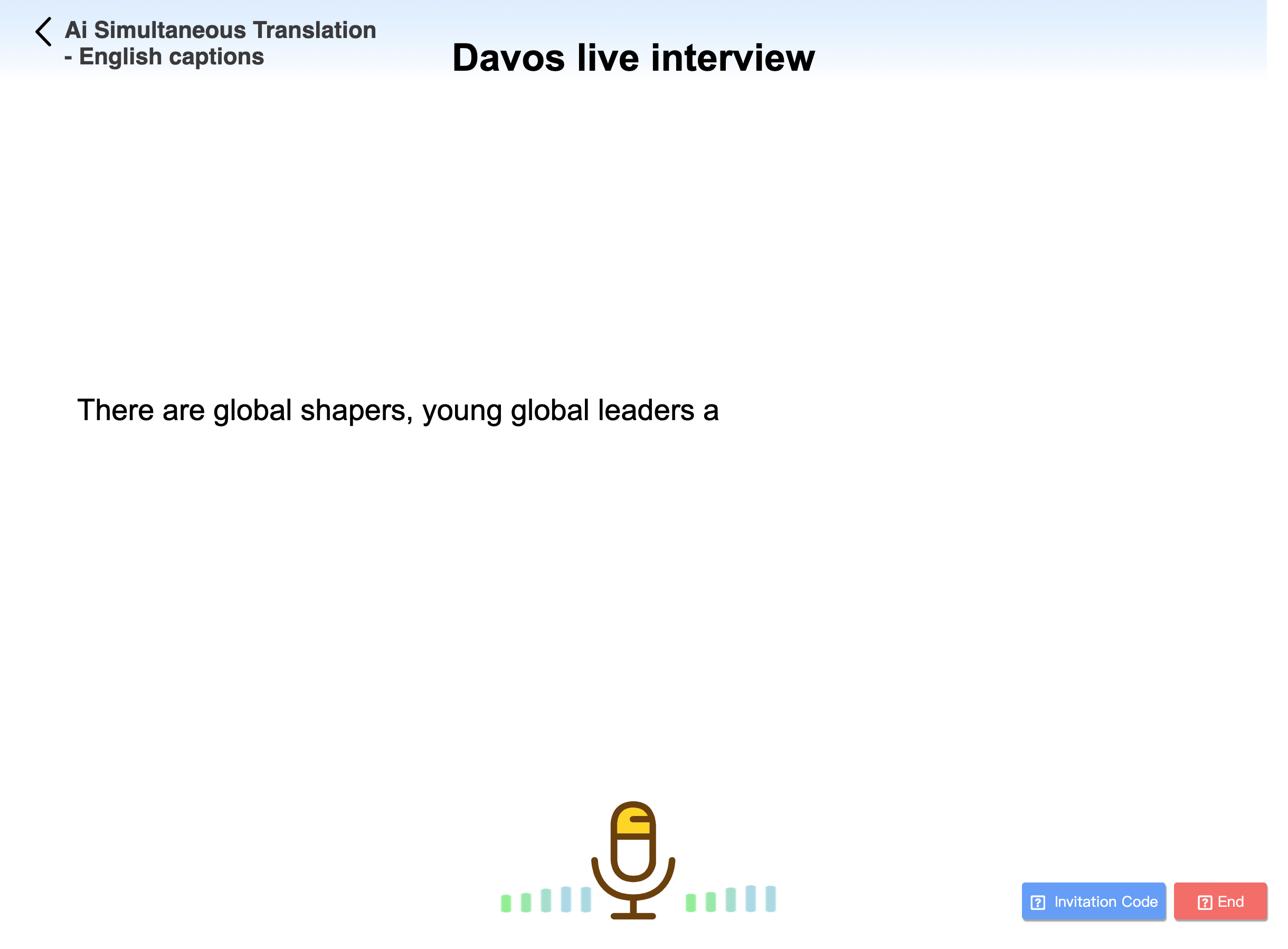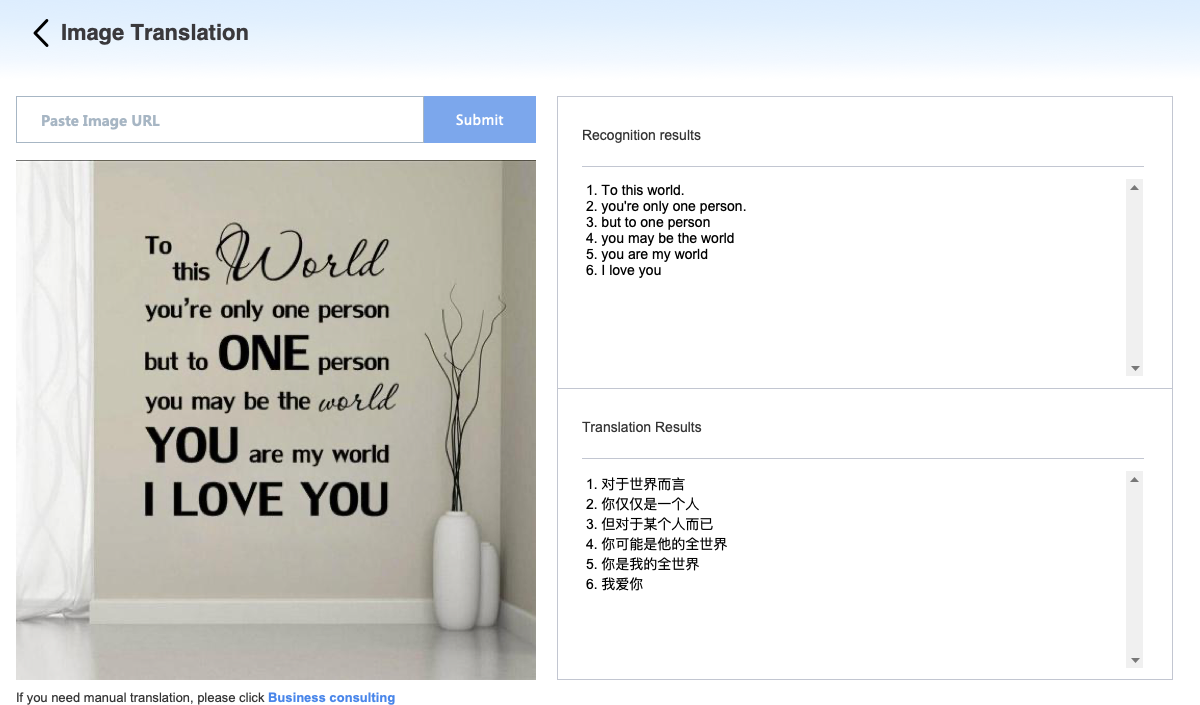
AI Translation Platform
Collections
Axure Templates
Introduction
AI translation is simply machine translation, which mainly uses natural language recognition and generation processing technology to solve the language barriers of users in reading and conversation. Combined with real-life scenarios, AI translation platform includes features like AI simultaneous translation, image recognition, video translation, caption translation, audio translation, document translation and so on.
Features
·High-fidelity interactive prototype
·Complete AI translation solution
·Easy to use, strong reusability
| Requirements |
Axure RP 9 or up |
| Application Field | Desktop, Automatic translation |
|
Download Includes |
AI Translation Platform Templates (.rp) |
| Pages | 25 |
| File Size | 21.7 MB |
| Updates |
Free for Life |
Support
Contact | Refund Policy | FAQ | How to Use Our Axure Library Products | How to Use Our Axure Template Products
Outline
1. Home page feature of AI translation platform
1.1 Historical translation
The system records the results of user history translation. Users can quickly view historical translation projects according to different translation types (simultaneous interpreting, knowledge mapping, video, letters, audio, and documentation).

After clicking an item, you can review the translation results of the item. If the translation results are wrong, you can correct them online or conduct manual translation; After correction, you can export the file.

1.2 New translation
Users can choose the translation scenario according to their needs. The optional scenarios include AI simultaneous interpreting, AI recognition, video translation, caption translation, audio translation, document translation, etc.

2. AI's feature of simultaneous translation
AI simultaneous translation is simultaneous translation simultaneous interpretation and simultaneous interpretation. In general, simultaneous translation is a way that translators constantly translate content into listeners without interrupting the narrator. The effect of manual simultaneous translation is mainly in the level of translators, and the price of translators is high and the time is limited, and the restrictions are not large enough for simple meetings. The effect of AI simultaneous translation is mainly based on language recognition and processing technology. Its advantages are readily available, cheap or even free. It is commonly used in conferences, lectures, lectures and other fields, and can convert voice into text and translate in real time to achieve subtitle screen.
2.1 New AI simultaneous translation Conference
Click on the new page -AI simultaneous translation to enter the new conference.

The basic information of the meeting includes the name of the meeting, your language and translation language.
If your language is consistent with the translation language, for example, your language is English and English letters are selected for subtitles, there is no need for translation. The system only needs to do voice recognition and generate cations. This is generally used for meetings in the same language.

If your language is inconsistent with the translation language, for example, if your language is English and Chinese are selected for caption, you need to conduct voice recognition for English voice first, then translate it into Chinese, and finally generate Chinese captions.

Another common scenario is bilingual Captions, which require both Chinese and English Captions. In this way, it is also necessary to recognize the voice first, then translate it, and finally generate bilingual Captions.

2.2 Participation in meetings
After a new meeting is created, the system will randomly generate an invitation code. After users share it with other users, other users can join the live meeting with the sharing code.

2.3 Correction of translation content
After the meeting, the system automatically generates texts in multiple languages, which can be viewed by the user. If any error is found in the identified content or translated content, it can be corrected directly on this page.

3. Features of AI map recognition translation
The main application technologies of AI map recognition translation include OCR recognition technology and natural language generation and processing technology. After the user uploads the image on the platform, the system analyzes and processes the image to obtain the text information.
Users can directly upload local images for identification and translation, or copy and paste the address of online images for identification and translation.

3.1 Chinese image translation
If the uploaded image is in Chinese, the system first extracts the Chinese characters in the image and generates the Chinese recognition result. Then, the recognition results are translated, and finally the translation results are generated.

3.2 English image translation
If the uploaded image is in English, the system first extracts the English text in the image and generates the English recognition result. Then, the recognition results are translated, and finally the Chinese translation results are generated.

4. Features of video translation
Video translation, also known as multimedia translation, mainly translates video. In the process of translation, first recognize the sound in the video, translate it into the specified language, then record the time period of the sound, and generate texts according to the time period and translation results. Video translation is divided into four steps: video upload, waiting for translation, translation results, correction and export.

5. Features of caption translation
Caption translation can be said to be a simplified version of video translation. Because the caption document .srt has a recorded time point, it generally does not need to manually adjust the time point again, nor does it need to use the technology of voice to text like video. In the process of translation, it only needs to translate the texts into the specified language and then generate the text file. Caption translation is divided into three steps: upload recognition, waiting for translation, correction and export.

6. Audio translation feature
Audio translation can be regarded as a kind of video translation, which is very close to video translation, but there is no video image, so there is no need to identify the images in the video, such as cast, letters and so on, so audio translation is a little simpler than video translation.
There are two kinds of common audio translation, one is to generate text documents, the other is to generate text files. Users can decide according to their needs. Audio translation is divided into three steps: upload identification, waiting for translation, correction and export.

7. Document translation feature
Document translation is the simplest and most common translation method, ranging from word translation to original book translation. In the process of translation, the system only needs to translate the text into the specified language and then generate text files. The translation process is divided into three steps: upload identification, waiting for translation, correction and export.

8. Manual translation (Business consulting)
When users feel that the translation is inaccurate, they can apply for manual fine translation and leave information such as demand (service type and detailed description) and contact information (name, company, mobile phone number and email). The system sends the information to the operator, who contacts the customer to reach business cooperation.







